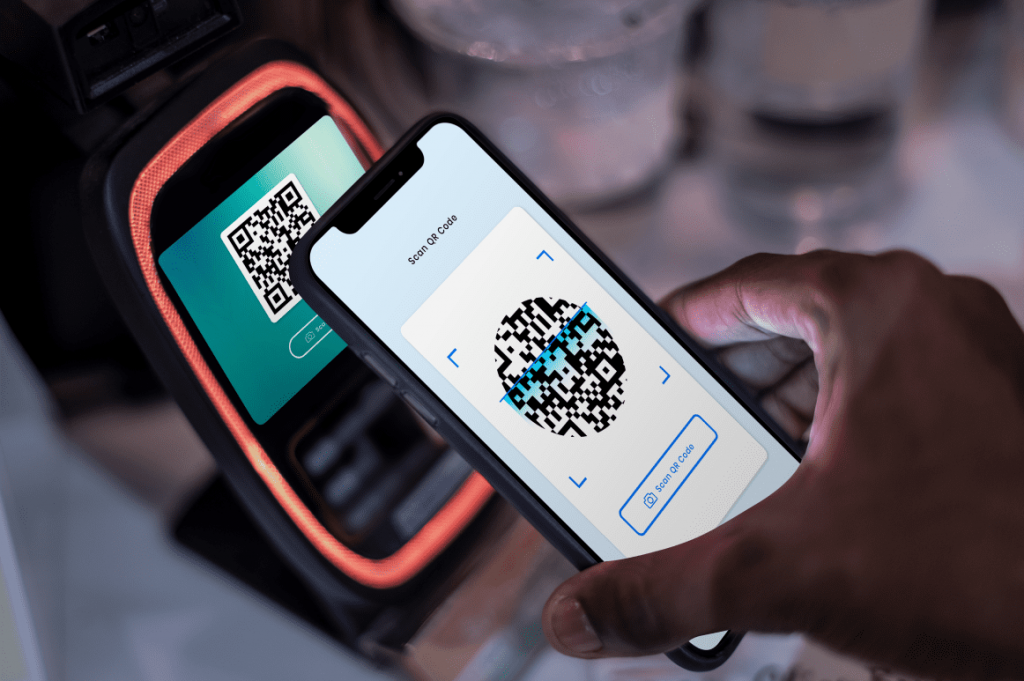
F
The journey of India towards digital payment can be described in just two words, and that is ‘demonetization’ and ‘COVID-19’. Demonetization established the idea of digital payments, and this pandemic became the main reason to build up the digital payment ecosystem.
In this pandemic, many cities have adopted e-payment. Talking about Kerala digital payment, citizens went on an intensive 15-days campaign to promote this economic mode among merchants and the general public.
Challenges to Digital Payments Industry
According to the survey, over 60% of Indians use mobile and are usual to online banking for financial transactions. Most of them want to continue using digital payments even in the post-COVID-19 era.
However, 4 out of 5 payments are still usual to cash mode, as there are several internet access issues and penetration. In this way, the significant dependency on cash is due to a lack of adequate infrastructure.
There are 800 million mobile phone subscribers in India, but only 200 million have smartphones. And in these 200 million, only 6 million have NFC-enabled devices for cashless transactions. Henceforth, there are 85% of Indians lacking access to cashless infrastructure.
Another pitfall is that several consumers are still not confident about mobile wallets being a safe mode of payment. Hence, the lack of awareness about the benefits of cashless payment is still changing in the industry. The underlying cybersecurity risks discourage people from making cashless transactions such as security breaches.
Hence, the continuity of the cashless payment is not maintained due to a lack of awareness. The government and private companies are consistently pushing citizens for a cashless economy.
Future of Digital Payments Ecosystem
This pandemic can be described as a catalyst in the growth of digital payment in India. There’s a dramatic increase in different payment channels. Despite the underlying security concerns, elements such as debit/credit cards, UPI, etc., have been hugely recognized in India.
Some of the projects that will gain traction and contribute to future innovation are listed below.
- Payment Infrastructure Development Fund (PIDF)
This method will be used to strengthen the digital payments acceptance infrastructure. With an initial investment of INR 345 crore, the fund was established. It will focus on tier 3-6 cities and northeastern states. This innovation will encourage rural areas in India where awareness, connectivity, cost, and other factors pose a challenge for the digital payment option.
- Cross-border remittances
RBI is planning to establish an innovation hub to explore technology and initiatives that can be used to simplify as well as recast the cross-border payment space. This will also make such payments more accessible and affordable.
- Pan-India umbrella entities
The RBI has developed a framework that focuses on the retail payment system. This method would primarily be responsible for setting up, managing, and operating new payment systems in retail space, including white-label PoS, ATMs, and Aadhaar-based payment services.
Final verdict
The wave of digital payment is not going anywhere. Online payments are going to grow exponentially with financial literacy and financial accessibility on everyone’s mind. Undoubtedly, cash is king, but digital payment is divine in today’s tech era.


